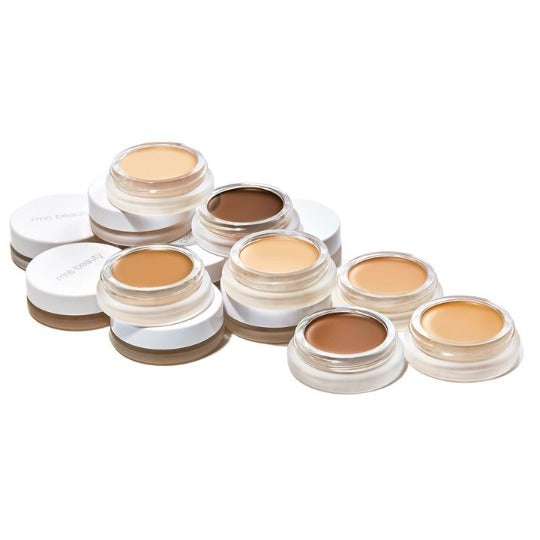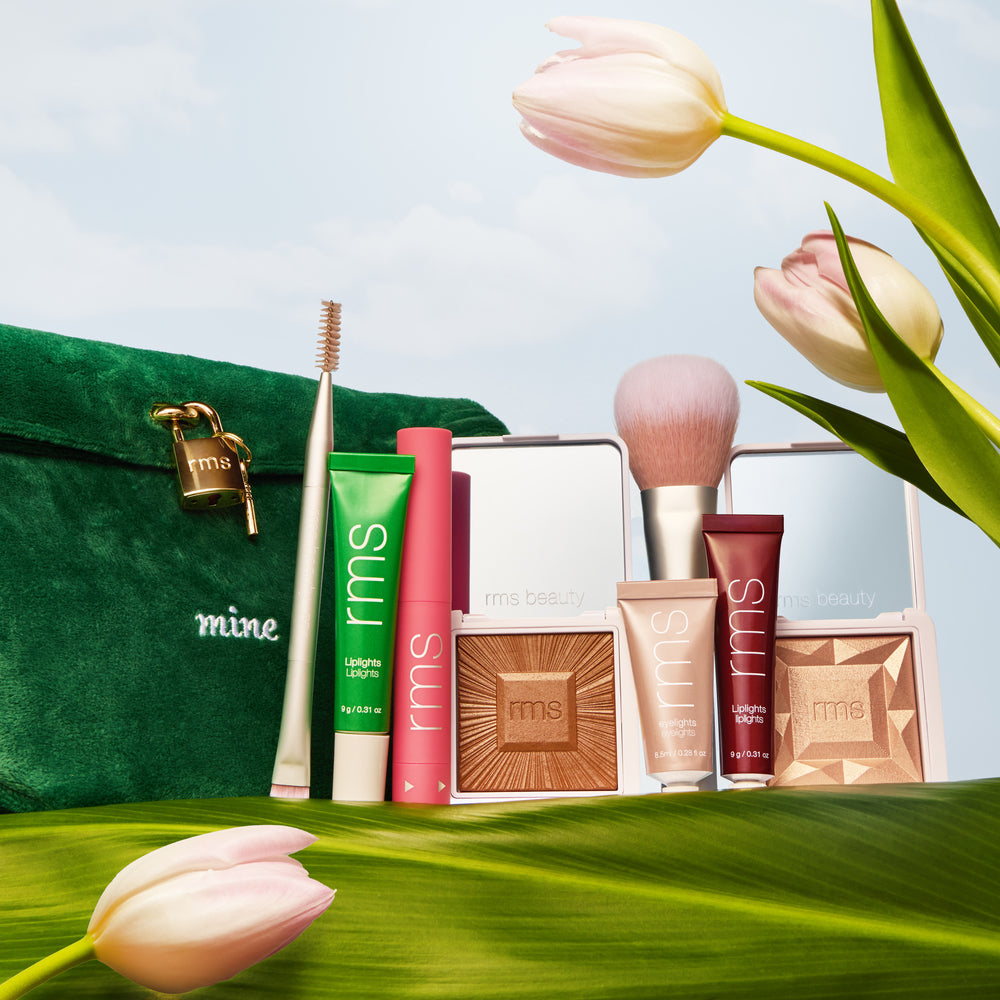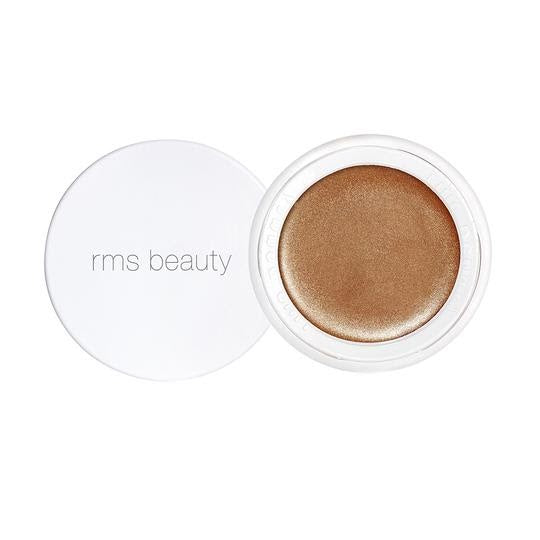Shea Butter for Your Face: Skincare Benefits and How to Use It

The use of shea butter for the skin dates back hundreds of years, so there’s a very strong chance you’ve heard of it, if not used it yourself. A rich moisturizing agent and emollient, shea butter has other skin beneficial properties that make it a great option for natural, gentle, yet effective skin care.
In your pursuit of green, eco-friendly products and ingredients, you’ll likely bump into shea butter. Used in every type of cosmetic from lip balm to anti-aging creams, shea butter is a multi-faceted ingredient packed with vitamins, minerals, and antioxidants.
We’ll discuss what shea butter is, where it comes from, the benefits it has for your skin, and how you can use it everyday.
What is Shea Butter?
Shea butter is actually a fatty extract derived from the seeds of the African karite tree. On an ingredients label, you may also see it listed as “butyrospermum parkii.” The seeds of the karite tree are cracked open, and waxy fat is extracted from them. The extracted portion is shea butter in raw form.
Karite trees are native to western Africa, and most of the shea butter produced in the world still originates in that region. The majority of the shea butter trees in this region are also owned by women, which affords them the opportunity to earn income independently.
Safety
Shea butter is safe and generally very well-tolerated by all skin types. In fact, even users who have a nut allergy rarely react to the use of shea butter, and as such it is not considered harmful to people with nut allergies.
Shea butter has an Environmental Working Group (EWG) rating of 1, which is the safest level available. In fact, there have been no known cases of allergic reaction to shea butter reported.
It’s worth noting that the safest and purest shea butter will be unrefined and organic. Unrefined organic shea butter contains up to 8% natural fats, oils, and waxes that help moisturize and condition the skin.
Refined (read: processed) shea butter contains less than 1% of these natural emollients, making it much less effective than it’s raw counterpart.
Shea Butter Benefits
She butter contains linoleic, oleic, stearic, and palmitic acids, which are effective in not only moisturizing, but creating a barrier on the skin to help keep moisture locked in and protect the skin from environmental irritants. Shea butter can even be used on your hair! However, in this article we will focus on what shea butter can do in terms of skin benefits.
Moisturizing
Shea butter applied topically is rapidly absorbed into your skin, making it a great overall moisturizer. The oils in shea butter dive deep into your skin’s cells and help restore natural moisture balance. The fatty lipids in the shea butter help keep skin plum, which improves overall skin texture.
Because shea butter creates a barrier on the skin, your skin is less likely to become dry. Over time, your skin’s overall moisture level improves.
Repairative
Shea butter has restorative properties that work synergistically with your skin’s own cellular repair system. Shea butter can help soothe irritated skin and help restore skin’s natural balance.
Your skin does the majority of its healing at night, so shea butter applied to the skin in the evening is especially beneficial.
Anti-Aging
Shea butter is a great option if you’re looking for an all natural anti-aging solution. So many anti-aging products contain harsh chemicals that can strip skin of much needed moisture and cause peeling and irritation.
Shea butter is gentle enough for any skin type and won’t strip skin of hydration, which is incredibly important for aging skin.
Shea butter helps slow cellular degeneration because of its high triterpene and antioxidant content. Skin cells reproduce constantly, but as you age, that cellular reproduction slows.
This can create a barrage of problems including:
- Fine lines and wrinkles
- Sagging skin that has lost its firmness
- Lackluster appearance and dull complexion
The naturally occurring compounds in shea butter support healthy skin cell reproduction.
Antioxidant
Shea butter also contains natural antioxidants. Your skin is constantly fighting off free radicals. Free radicals are molecules that attack your skin cells and cause damage. Free radicals are present in the form of UV rays, environmental pollutants like smog and smoke, and cigarette smoke. Your skin needs antioxidants to fight off free radicals, and shea butter is an excellent source of natural antioxidant protection.
Blemish Control
If you’re concerned about using shea butter because you have skin that is prone to breakouts, you needn’t worry.
Shea butter is a nourishing natural ingredient that helps balance out skin’s natural moisture level. As such, oily patches become less oily, and dry patches feel hydrated and quenched. Over time, this can result in less blemishes.
How To Use Shea Butter
You know the benefits, now let’s learn how best to use shea butter to reap the highest level of skin benefits.
You can use shea butter daily, but depending on your skin needs, you should start light, and use it in combination with other product ingredients.
For instance, instead of using raw shea butter as a moisturizer, look for a moisturizer that contains shea butter among its ingredient list. Because shea butter is a powerful ingredient, less is often more.
As a Moisturizer
It goes without saying shea butter is a great moisturizer, but as previously mentioned, you’ll likely want to use a product that contains it instead of applying pure shea butter directly to your kin on a daily basis.
RMS Beauty’s Lip & Skin Balm is a rich blend of all-natural oils and shea butter to help soften and condition the skin, and it can be used on a daily basis.
This balm is especially convenient for adding a touch of deep hydration to the lips, the entire eye area, laugh lines, and cuticles. It helps to nourish and hydrate the skin, reducing the appearance of fine lines and soothing dry, irritated patches.
In Cosmetics
Shea butter is a very popular ingredient in color cosmetics, especially lip products like glosses and lipsticks. It spreads easily, making it a great ingredient for lip care. Many lipsticks can be drying, so the addition of shea butter is a natural choice for keeping these types of products supple and hydrating.
RMS Beauty’s Lip2Cheek is a hydrating cheek and eye product that adds a sheer sweep of color to either area. Infused with shea butter, this incredibly hydrating balm goes on easily and blends for a perfect finish.
If you’ve sworn off traditional lipstick because it’s too dry and never feels comfortable, RMS Beauty’s Wild With Desire Lipstick might be just what you're looking for. This lipstick comes in rich, vivid shades that never stray from your lips and won’t dry them out and leave your lips uncomfortable. It’s a great way to enjoy the benefits of lipstick without dealing with chapped lips, feathering, or fading.
Final Thoughts
Shea butter is a multi-purpose, all-natural ingredient that is great used by itself in raw, unrefined form, or in products (in the same living state). It contains a variety of vitamins, minerals, acids, and lipids that are beneficial to the skin and provide unequaled moisture and hydration.
Using shea butter on its own may be too overpowering for some skin types. As such, it’s a better idea to use products that include raw, unrefined shea butter in the ingredients. You can get the moisturizing, anti-aging, and antioxidant properties of shea butter in select RMS Beauty products, blended always with cleanest, purest, most living ingredients in makeup.
This information for RMS was fact checked by an expert in the beauty industry: Rose-Marie Swift
Sources:
http://anaphylaxis.org.uk/knowledgebase/shea-nuts
https://scialert.net/fulltext/?doi=jpt.2012.298.304
https://www.ewg.org/skindeep/ingredients/700875-butyrospermum-parkii-shea-butter/




